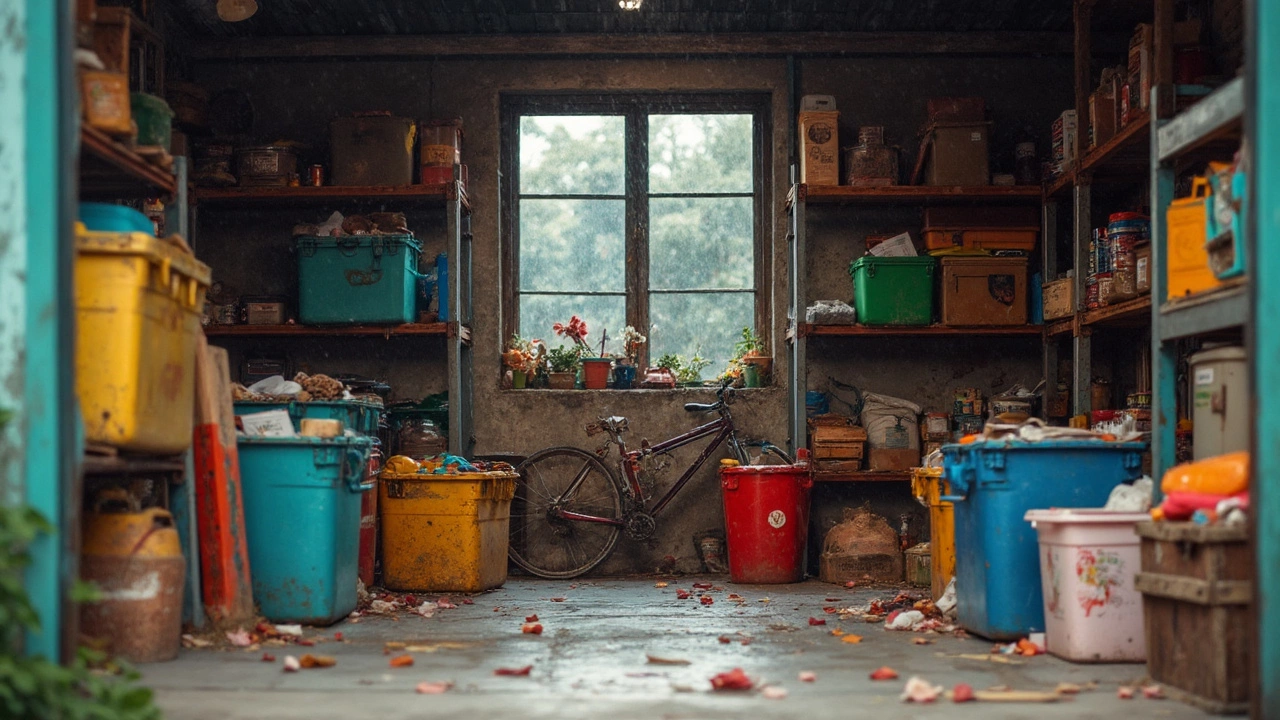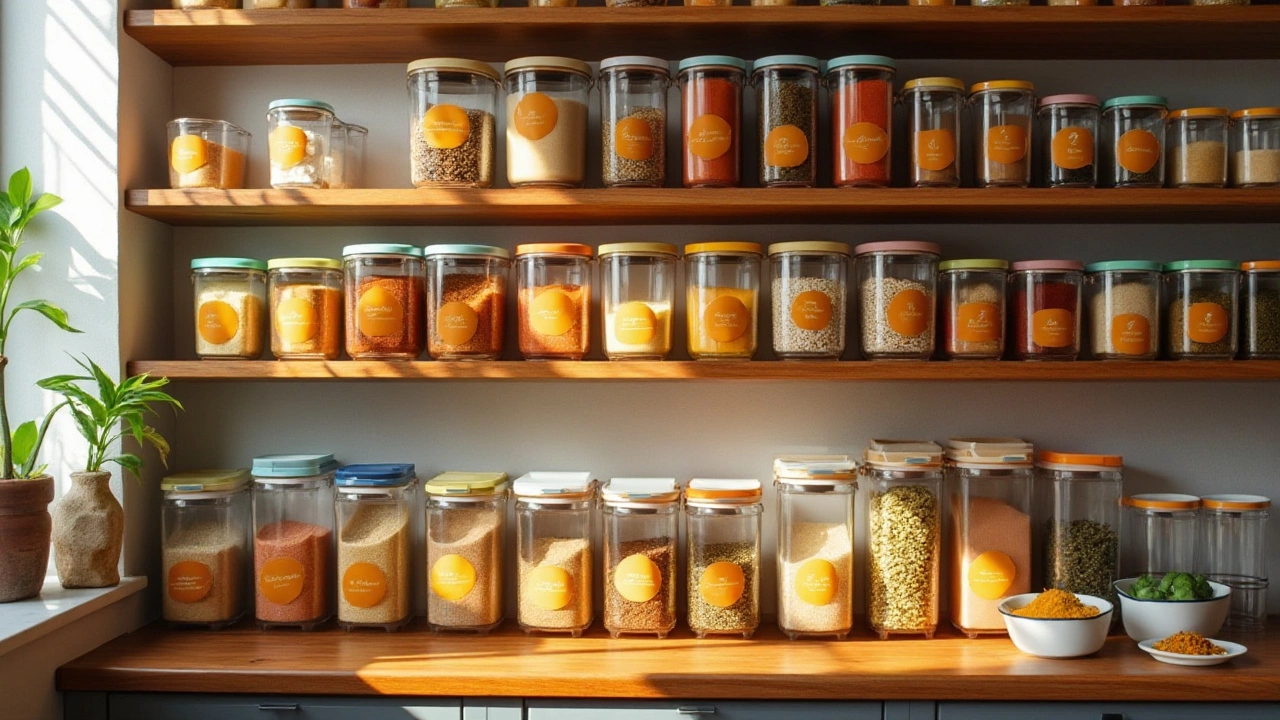Storage Containers – Your Simple Guide to Safely Storing Furniture
Got a sofa you need to stash for the summer? Or a coffee table waiting for a new room? The right storage container can be the difference between a fresh look and a costly repair. Below you’ll find quick, practical steps that make storing furniture as easy as stacking boxes.
Choosing the Right Container
First, think about material. Plastic bins with snap‑tight lids keep dust out and are stackable, while breathable fabric covers let air circulate and reduce mold risk. For high‑value pieces, clear containers let you see what’s inside without opening every box.
Size matters, too. Measure your largest item—depth, width, height—and add a couple of inches for padding. Too‑tight a fit crinkles upholstery; too loose a fit wastes space. When in doubt, opt for a bin that’s one size bigger and fill gaps with moving blankets.
Packing and Protecting Your Pieces
Start with a clean surface. Vacuum or brush off any crumbs and wipe down wood or metal with a gentle cleaner. Then wrap each item in a protective layer: bubble wrap for delicate legs, moving blankets for sofas, and shrink wrap for loose cushions.
Secure the wrap with packing tape, but avoid taping directly to the furniture. Place the wrapped piece inside the container, add a layer of padding—like old towels or styrofoam sheets—on the bottom and top. This cushions shocks during transport.
Humidity is the silent enemy. Store containers in a climate‑controlled area if possible. If you’re using a garage or basement, sprinkle silica gel packets or place charcoal briquettes at the corners to absorb moisture. Check the bins every few weeks; a quick lid lift can spot early signs of dampness.
Label each container clearly. Write the room name, contents, and any special handling notes on the lid. This saves time when you pull the items out and helps anyone else who might be moving them.
Finally, arrange containers wisely. Heavier boxes go on the bottom, lighter ones on top. Keep the aisle clear so you can reach the back without lifting the whole stack. A small step stool can be a lifesaver for those top‑shelf bins.
With these straightforward steps, you’ll protect your furniture, keep your space organized, and avoid surprise damage when the storage period ends. Ready to pack? Grab a few containers, follow the tips, and enjoy peace of mind knowing your pieces are safe and ready for the next season.
Do Storage Containers Get Moldy? Everything You Need to Know
Storage containers—plastic, metal, or wood—can get moldy if moisture sneaks in. This article breaks down why mold happens in storage containers, how to spot early warning signs, and practical steps to keep your stuff safe. You'll also find out which container types handle moisture best and what to do if mold does show up. Get straightforward tips to avoid a musty mess and keep your space fresh. Say goodbye to moldy surprises hiding in your closet or garage.
The Pros and Cons of Using Plastic Storage Containers for Your Home
Plastic storage containers have become a staple in households around the world for organizing and storing various items. This article explores the advantages and disadvantages of using plastic containers, addressing concerns about durability, environmental impact, and safety. It also provides practical tips on how to maximize the effectiveness of these containers in your home organization. Whether you're looking to declutter your living space or seeking effective storage solutions, this article offers insights to help you make informed decisions.






